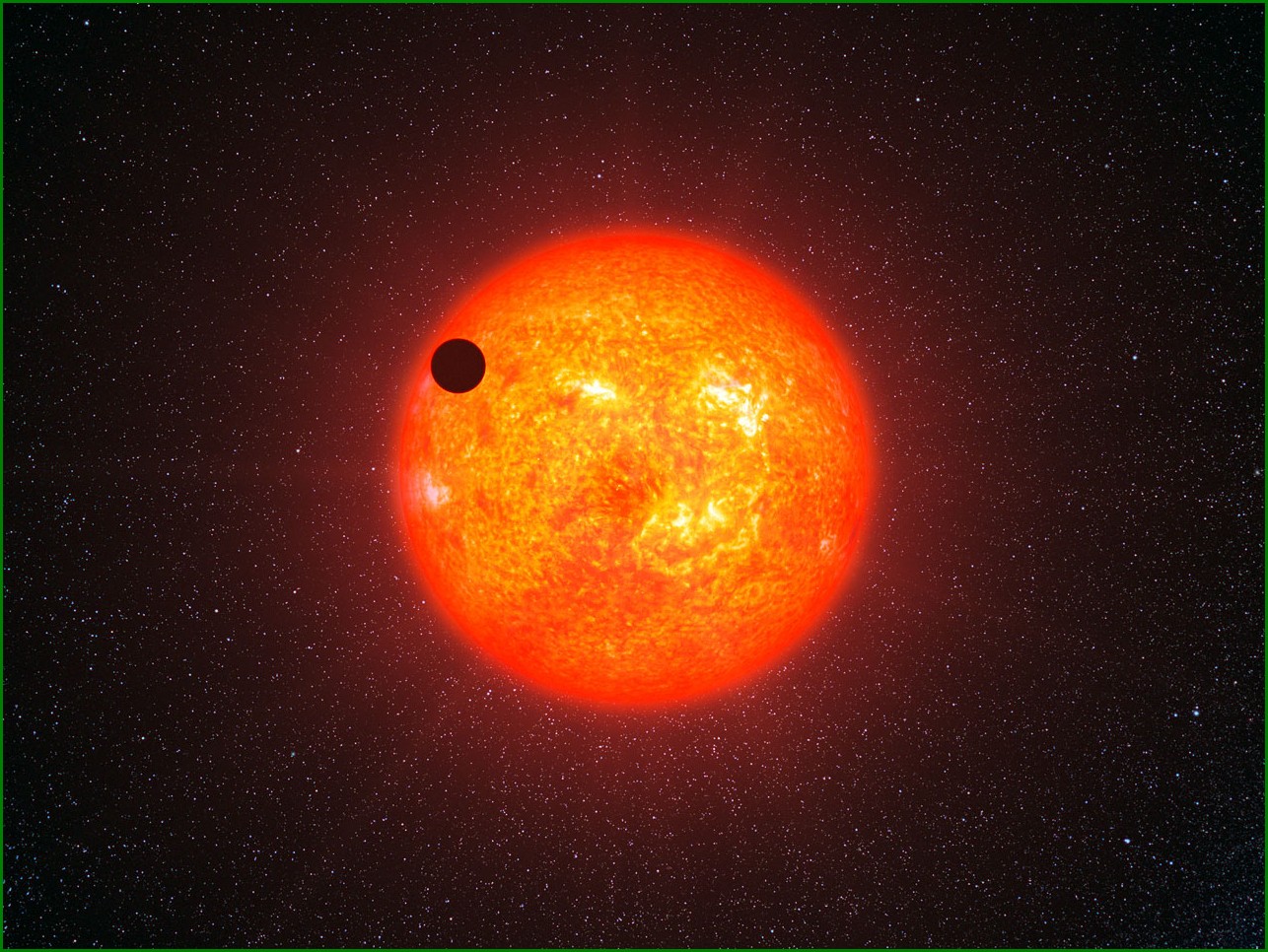To the closest planet to Earth with the water only 42 light-years To the closest planet to Earth with the water only 42 light-years, so that you can fly there yet except in dreams.
To the closest planet to Earth with the water only 42 light-years, so that you can fly there yet except in dreams.
Japanese scientists found that the said planet named Gliese 1214 b contains a lot of water, however, in a rather unusual plasma state. The reason is that this planet is the only known dwarf Gliese system in 1214 is 70 times closer to its star than the Earth is to the Sun, and it already does not cold - somewhere around 280 degrees Celsius.
Though the eye sees, but the tooth can not catch it. Dream you can, but even if he had the means to achieve this planet for the foreseeable in Merck duration of human life, do there would still be nothing.
There is no choice - protect native by the name of Blue Earth.
in the wake of Globalscience
WATER WORLDS: Welcome To Another Earth - NASA's Kepler Telescope Finds "Earth-Like" Planets!
Mass UFO Sightings | http://massufosightings.blogspot.com/
April 22, 2013 - SPACE - Two planets found around a distant star have been described as the most similar to Earth yet discovered. The planets in the newly found Kepler 62 system are made of rock and ice, and researchers believe they could contain water. Kepler-62e and Kepler-62d are among five new planets found within the 'habitable' zone of a Sun-like star.
Physicist Professor Justin Crepp said: 'From what we can tell, from their radius and orbital period, these are the most similar objects to Earth that we have found yet.' They were identified by data from the Kepler mission launched in 2009 to identify extrasolar planets. It has so far resulted in several dozen of some 3,000 'Kepler Objects of Interest' having been studied in detail but of those the 'five-planet system' is the most important. Crepp noticed a faint dot near Kepler-62 a year ago, leading to months of detailed study to confirm the planet interpretation. The discovery was made by astrophysicists at the University of Notre Dame. The findings were published in Science magazine. Researchers use fluctuations in the brightness of a star to identify the presence of a potential planet whose transit periodically dims the light of the star. Crepp uses large ground-based telescopes to image the host star and analyzes the system to make sure other astronomical phenomena, such as nearby eclipsing binary stars, are not causing the fluctuation, a common 'false positive' encountered in the research. 'What really helped is that this star has five planets,' he said.
Eric Agol, a Univeristy of Washington associate professor of astronomy, identified Kepler 62f, a small, probably rocky planet orbiting a sunlike star in the Lyra constellation. The planet is about 1.4 times the size of Earth, receives about half as much solar flux, or heat and radiation, as Earth and circles its star in 267.3 (Earth) days. It's one of two "super-Earth" planets discovered in the star Kepler 62's habitable zone, that swath of space the right distance from the star to potentially allow liquid water to exist on a planet's surface, thus giving life a chance. A super-Earth is a planet greater in mass than our own but still smaller than gas giants such as Neptune. Kepler 62's other super-Earth, nearby 62e, is 1.61 times Earth's size, circles the star in 122.4 days and gets about 20 percent more stellar flux than the Earth. The two are the smallest exoplanets — planets outside the solar system — yet found in a host star's habitable zone. 'The planets this small that we have found until now have been very close to their stars and much too hot to be possibly habitable.
Mass UFO Sightings | http://massufosightings.blogspot.com/
The latest news, links, images and videos on UFO sightings, the extraterrestrial narrative and exopolitical disclosure.
This is a journey of truth, and the highlighting of clear patterns of cause and effect in the electromagnetic celestial convergence of our solar system with the Sirius star system, and the manifested transmutation with the Galactic Core of our Central Sun, Alcyone - Hunab Ku.
FAIR USE NOTICE: These pages/video may contain copyrighted (© ) material the use of which has not always been specifically authorized by the copyright owner. Such material is made available to advance understanding of ecological, POLITICAL, HUMAN RIGHTS, economic, DEMOCRACY, scientific, MORAL, ETHICAL, and SOCIAL JUSTICE ISSUES, etc. It is believed that this constitutes a 'fair use' of any such copyrighted material as provided for in section 107 of the US Copyright Law. In accordance with Title 17 U.S.C. Section 107, this material is distributed without profit to those who have expressed a prior general interest in receiving similar information for research and educational.
TAGS: Another Earth, Earth-like, Extrasolar Planets, G-type Stars, Habitable Zone, Ice, Kepler-22b, Kepler-62, Kepler-62d, Kepler-62e, Kepler-62f, Kepler-69, Kepler-69c, NASA, Rock, Sun-like Star, Water Worlds